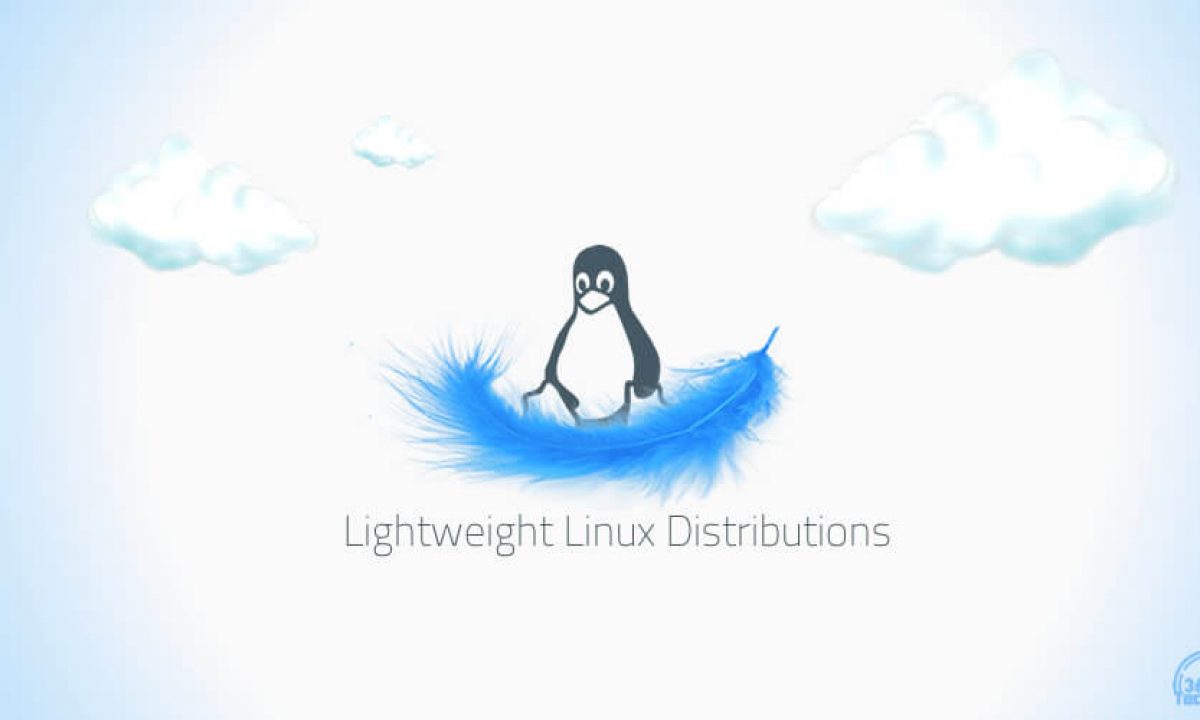

- #Peppermint linux os lightweight linux distro install
- #Peppermint linux os lightweight linux distro update
- #Peppermint linux os lightweight linux distro upgrade
It supports Deb packages and PPA for installing software that’s not available in the repository and need to get it from outside. Peppermint setting panelįor installing software in Peppermint OS, there are many ways to follow.
#Peppermint linux os lightweight linux distro update
Update manager and command line tool are effortless to use. Peppermint setting panel provides a set of versatile tools to configure all most everything starting from the look and feel of the windows and desktop, hardware, update setting etc. The app menu and bottom panel come from the Xfce, file manager Nemo and software store are taken from Linux Mint Cinnamon. Though the base desktop session comes from LXDE, it has also well-merged some element from Linux Mint Cinnamon and Xfce desktop environment. It’s a well-integrated combination of various components taken from different Linux desktop environments.

The Look and Feel of Peppermint Linux OS is traditional and pretty. Ubiquity installer First Impression – Look, and Feel Like Ubuntu, Peppermint Linux distro uses Ubiquity installer for easy installation. After downloading the ISO file, make a bootable USB disk using Rufus or unetbootin on Linux or Windows system. As it supports both 32bit and 64bit architecture, so you can download the ISO file from the official site or get the download link at the bottom of this article. Peppermint OS installation process is effortless like any other Linux distros.
#Peppermint linux os lightweight linux distro install
It comes with bare minimum software by default with an ethos – “ Less is More.” But still, you can install all the required software from the software manager or synaptic package manager.Nemo file manager is updated into new version 3.6.5 with a new feature “send by email”.Peppermint OS still comes with 32bit and 64bit system image that means it still supports old low-end hardware out of the box.It uses Xfce bottom panel and Xfwm4 window manager in LXDE desktop environment.Peppermint Linux OS 9 is based on new Ubuntu 18.04 LTS.But it is equipped with some fantastic and useful updates. Peppermint 9 is no difference in this case. It’s no wonder that there are lots of Linux distros in the market based on Ubuntu and when a new LTS version comes out, all those distros start rolling their new releases too. Peppermint 9 is a major release which is based on Ubuntu 18.04 LTS. What’s New in the Latest Release – Peppermint 9? Preferred Minimum Specs for Optimum Performance At least 3.8 GB of available disk space.Processor-based on Intel x86 architecture.We know that Peppermint OS is a lighting fast Linux distro so it demands the low use of resources for optimizing maximum performance on low-end machines. There is a wide range of hardware varieties available in the market, and the goal of Peppermint Linux OS is to support as much as possible. Moreover, It also follows a sort of rolling release cycle called Respin which includes some minor bug fixes and integrated software update.
#Peppermint linux os lightweight linux distro upgrade
It releases significant upgrade version as soon as Ubuntu releases its LTS update because it’s a derivative of Ubuntu based system. Peppermint OS is actively developed and maintained.


 0 kommentar(er)
0 kommentar(er)
